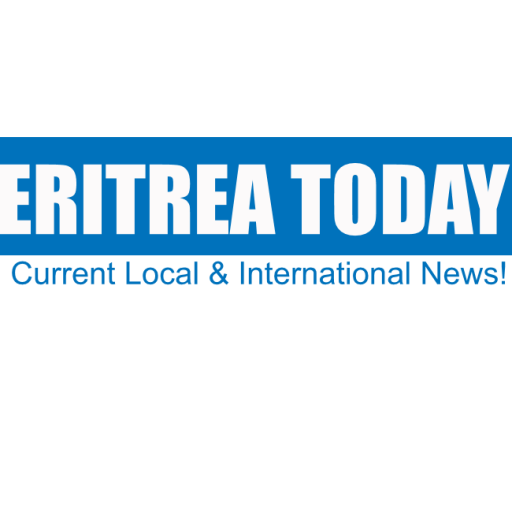Eritrea Overview
Located in northeastern Africa, the nation of Eritrea has a 750-mile coastline along the Red Sea and is bordered by Ethiopia, from which it seceded in 1991, to the south and west, Djibouti to the southeast, and Sudan to the northwest. In the central highlands, the climate is cool and wet, but it becomes semiarid in the lowlands. The Danakil Desert lies along the coastline. Eritrea has nine main ethnic groups, the largest being the Tigrigna, Tigre, and Kunama, and its population of some 3.8 million is almost equally divided between Muslims and Christians. A small minority follows traditional beliefs. Each ethnic group has its own language, but Amharic, Arabic, and English are also widely spoken. The capital of Eritrea is Asmara.
Â
Eritrea declared formal independence in May 1993, two years after Eritrean and Ethiopian rebel forces ousted Ethiopian dictator Mengistu Haile Mariam and one month after 99.8% of Eritreans voted for independence in a referendum held by the transitional government of Issaias Afewerki, head of the Eritrean People’s Liberation Front (EPLF). Afewerki was subsequently elected president by the newly formed National Assembly, and the EPLF, now known as the People’s Front for Democracy and Justice, declared a four-year transitional period with multiparty elections scheduled for 1998. In May 1998, however, a row over the jurisdiction of several towns along the country’s shared border with Ethiopia erupted into war and prompted the indefinite postponement of national elections. After two years of fighting and the deaths of an estimated 100,000 troops, a cease-fire signed in June 2000 brought a truce to the two nations. Eritrea-Ethiopia BORDER-Results
With an infrastructure destroyed by years of war, Eritrea is one of the poorest countries in Africa. Although agricultural production, the mainstay of the economy, increased significantly from 1991 to 1992, crop pests and a drought in 1993 resulted in the loss of an estimated 80% of the grain crop. The country’s agricultural production suffered additional devastation as a result of a bloody border conflict with Ethiopia. A large percentage of the population has since then relied on emergency food aid to survive. Further taxing the country’s resources, considerable expenditures have been devoted to financing the resettlement of refugees and the reintegration of combatants. Potential growth areas for the economy include tourism near the Red Sea; the exploitation of possible oil and gas reserves, as well as known deposits of gold, zinc, and copper; and the development of fisheries. Eritrea conducted most of its trade in 1996 with Ethiopia, Saudi Arabia, and Italy. In November 1997, Eritrea introduced the nakfa as its national currency to replace the Ethiopian birr it had retained since independence. As of yet, however, the country has attracted virtually no foreign investment, although the ruling party, which once had a Marxist ideology, has declared its commitment to establishing a free-market economy.
SOURCE: Europa World Year Book; The Hutchinson Dictionary of World History; Political Handbook of the World; The World Fact book; World Population Prospects; World Reference Atlas.
